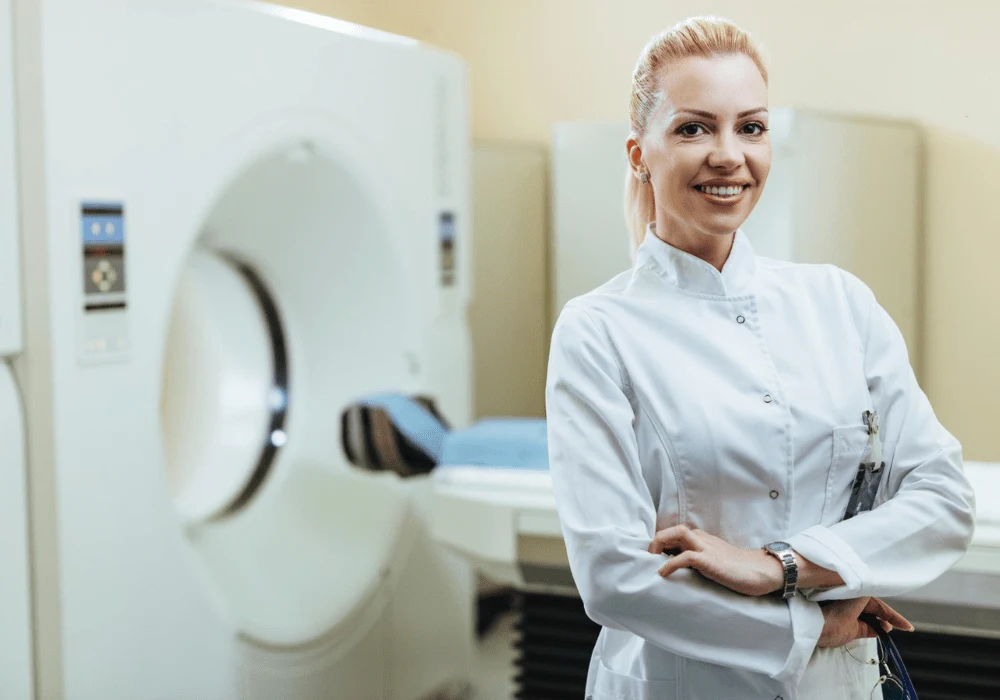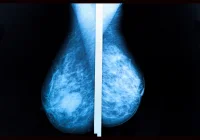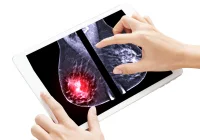Breast cancer remains the most common malignancy among women in Europe and continues to be a leading cause of cancer-related deaths. While population-based mammographic screening programmes are in place across all European countries, significant variability exists in how these programmes are structured, implemented and attended.
One major challenge lies in the reduced effectiveness of mammography in women with dense breast tissue. High breast density is not only a risk factor for developing breast cancer but also obscures malignancies on mammograms, reducing detection rates. Despite this, there is currently a limited provision across Europe for density notification or supplemental screening for women with dense breasts.
Must Read: Exploring the Link Between Breast Density and Cardiovascular Risk
Magnetic resonance imaging (MRI) has emerged as a superior modality in detecting cancers missed by mammography, yet its integration into routine screening remains minimal. A recent review published in the Journal of Breast Imaging explores current European practices, the strength of evidence supporting MRI screening and the barriers that impede broader implementation.
Disparities in Breast Density Notification and Supplementary Screening
Breast screening in Europe typically targets women between the ages of 50 and 69, although some countries expand the range from 45 to 74 years. Most screening intervals are biennial, except in Malta and the United Kingdom, where a three-year interval is employed. Attendance rates vary widely, with some countries reporting participation rates below 40%, while others, like Denmark and Finland, achieve rates over 80%. Despite widespread access to mammography, relatively few countries record or notify women of their breast density. This absence of notification is partly due to uncertainty about the benefits of informing women without offering clear supplementary options.
Approximately 40% of European women over 40 possess heterogeneously or extremely dense breasts, classified as BI-RADS categories C and D. Those with category D density are four to six times more likely to develop breast cancer than those with category A density, and are also more likely to be diagnosed with higher stage, node-positive disease. Mammography is significantly less sensitive in these women, with detection rates dropping to 51.3% for category D density, compared with 75% in category A. Consequently, dense breast tissue is associated with a higher incidence of interval cancers—tumours that arise between regular screening rounds—which are often more aggressive and associated with worse prognoses. Despite the availability of cancer registry data to track these cases, most European countries do not currently recommend supplemental imaging for women with dense breasts.
Evidence Supporting MRI as a Superior Screening Modality
A number of imaging techniques have been assessed for their effectiveness as supplemental screening tools. Digital breast tomosynthesis (DBT) has shown modest improvements in cancer detection but has had a limited impact on interval cancer rates. Recall rates for DBT vary by breast density and are similar to those seen with MRI in early screening rounds. Handheld ultrasound (US) is employed in some countries, such as Austria and Hungary, where it has improved cancer detection, particularly of small node-negative tumours. However, it is labour-intensive, subject to variability and prone to high false-positive rates. Automated breast ultrasound (ABUS) has shown promise in addressing some of these challenges, though interpretation times remain long, and second-look handheld US is often still required.
Contrast-enhanced mammography (CEM) has demonstrated sensitivity similar to MRI, but its use remains mostly diagnostic rather than for screening. Concerns around adverse reactions to iodine-based contrast and its limited study in large-scale screening populations reduce its appeal. Molecular breast imaging and dedicated breast CT are also under investigation, but practical limitations such as high radiation exposure or long scan times hinder their widespread adoption.
MRI, by contrast, has consistently proven to be the most sensitive modality for detecting breast cancer, including in women at average risk. The DENSE trial in the Netherlands provided strong evidence of MRI’s benefits for women with extremely dense breasts. MRI detected an additional 16.5 cancers per 1,000 women in the initial screening round and reduced interval cancers by 84%. Subsequent rounds continued to show meaningful detection rates, with most cancers being small, early-stage and node-negative. Meta-analyses confirm that MRI outperforms other modalities in cancer detection and in identifying tumours likely to impact long-term survival, regardless of risk category.
Challenges and Pathways to Broader MRI Implementation
Despite compelling data, MRI screening is not routinely offered to women with dense breasts in any European country. Recommendations from the European Society of Breast Imaging suggest screening with MRI every 2 to 4 years for women aged 50 to 70 with category D density, yet implementation remains elusive. Conflicting guidance and resource limitations contribute to this inertia. The European Commission Initiative on Breast Cancer currently favours DBT over MRI, albeit based on evidence considered to be of low certainty.
Concerns about increased recall rates and false positives persist, though studies have shown these decline substantially in follow-up rounds. Cost and resource demands are major factors, especially given the estimated 6 to 7 million women in Europe with BI-RADS category D density. However, cost-effectiveness analyses from the DENSE trial suggest that MRI screening can save lives at an acceptable cost per life saved and per quality-adjusted life year. Abbreviated MRI protocols offer further promise, reducing scan and interpretation times while maintaining diagnostic performance comparable to full protocols.
The success of any screening strategy will also depend on patient engagement. In the DENSE trial, only 59% of invited women initially accepted MRI screening, citing concerns such as claustrophobia and anxiety. However, re-attendance rates in subsequent rounds exceeded 80%, indicating that acceptance improves with familiarity. Enhancing the patient experience through wide-bore scanners, abbreviated scans and improved communication may foster wider uptake. Ultimately, a more personalised approach to screening, incorporating factors like breast density, family history and genetic risk, may guide future policy and practice.
The benefits of MRI screening for women with dense breasts are well-documented, with higher cancer detection rates, reduced interval cancers and early identification of clinically significant tumours. Yet, despite clear scientific backing, most European countries lack policies for breast density notification and supplemental screening. Barriers such as cost, infrastructure and conflicting recommendations remain, but emerging solutions such as abbreviated MRI protocols and automated tools offer a pathway forward. As awareness of breast density grows and new trial results continue to inform best practice, the potential for broader implementation of MRI screening in Europe becomes increasingly feasible.
Source: Journal of Breast Imaging
Image Credit: Freepik










